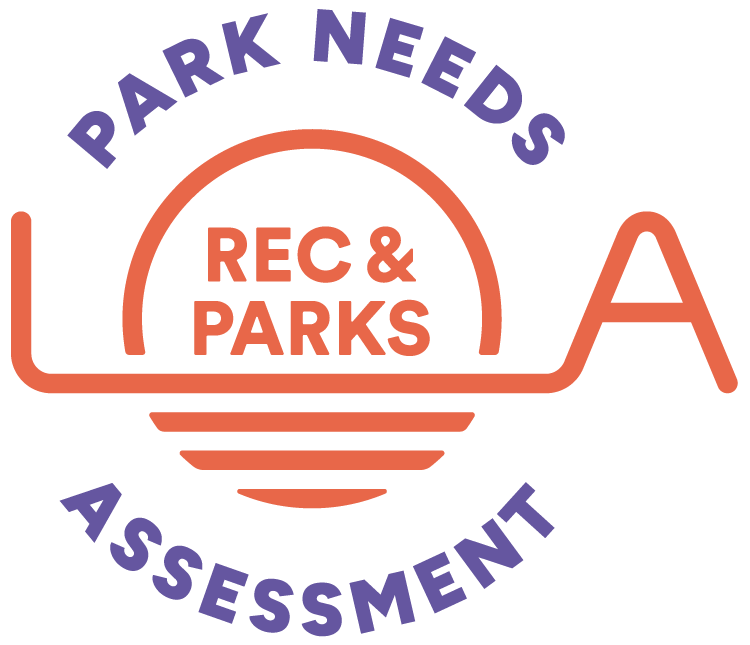Each member of the RAP team and the public can refer to these guidelines to help create the park system Angelenos imagine. Guidelines are not a replacement for the expertise of competent and talented RAP staff, planners, designers, engineers, or engagement specialists, but they are important to help ensure a minimum level of quality in the park system.
Site Planning
Site planning guidelines provide a clear and consistent roadmap for designing new parks and recreation facilities, refreshing existing sites, and evaluating whether improvements are needed.
- Mapping out a clear capital life cycle helps RAP systematically assess when facilities should be maintained, renovated, repurposed, or replaced.
- The phases of the capital life cycle include acquisition, vision planning, design, construction, operation, and evaluation.
- Site planning guidelines provide a clear and consistent roadmap for designing new parks and recreation facilities, refreshing existing sites, and evaluating whether improvements are needed.
- The guidelines are intended to inform:
- The development of framework and site plans;
- The periodic evaluation of parks and recreation facilities to assess functionality and performance;
- The design of refreshed or new parks.
Park Classifications
The new park classification system in the PNA seeks to clarify how existing parks function and provides guidelines about future park and recreation facility typologies that may be necessary to meet the needs of current and future residents.
- A new park classification seeks to clarify how existing parks function and provides guidelines about future park and recreation facility typologies that may be necessary to meet the needs of current and future residents.
- Each park and recreation facility classification includes a general description of its:
- Typical size range;
- Typical length of visit;
- Access provisions;
- List of appropriate amenities;
- Applicable site planning guidelines;
- Typical architectural elements.
Level of Service Standards
Level of service standards help guide decisions about how many recreational amenities are needed to serve Los Angeles’ diverse and growing population.
- No uniform level of service standards exist for parks or recreational amenities across the country.
- The PNA defines population-based standards that address how many amenities are needed in the City, informed by:
- Current level of service
- Level of service in peer cities
- Community priorities
- National participation trends
Ongoing Engagement
Ongoing engagement helps parks reflect the diverse needs and priorities of Los Angeles’ many neighborhoods.
- Ongoing engagement helps parks reflect the diverse needs and priorities of Los Angeles’ many neighborhoods.
- Meaningful engagement involves surveys, public meetings, advisory committees, workshops, focus groups, and pop-ups. Feedback from these engagements directly shapes park programming, amenities, and site planning for updated and new facilities.
- The PNA’s engagement guidelines aim to create more inclusive and accessible public spaces, foster a sense of ownership, identify and cultivate community leaders, and increase equity in access and outcomes.
- The guidelines cover engagement for project preplanning, a community-driven planning and design process, and long-term stewardship, operations, and programming.
| Acquisition | Vision Planning | Design | Construction | Operation | Evaluation | |
|---|---|---|---|---|---|---|
| Park Classifications | ||||||
| Site Planning Guidelines | ||||||
| Engagement Guidelines | ||||||
| Level of Service Standards |
